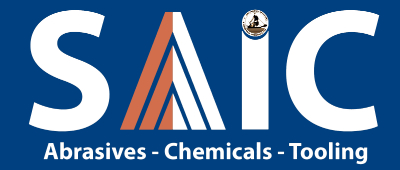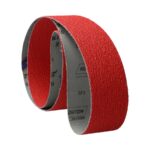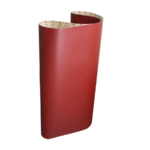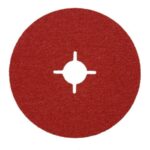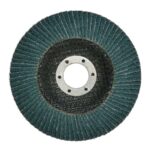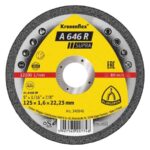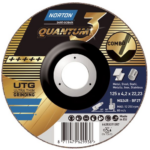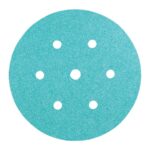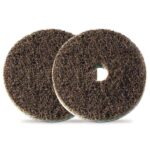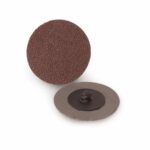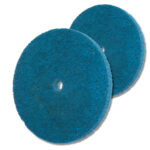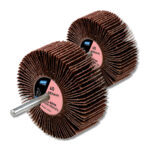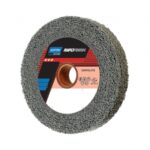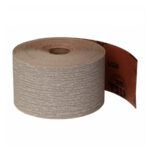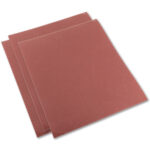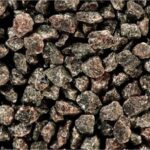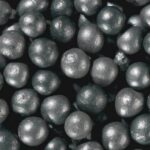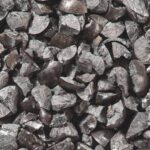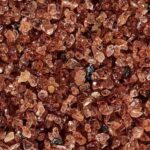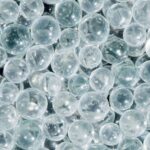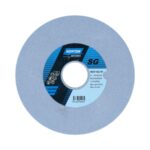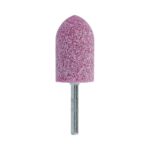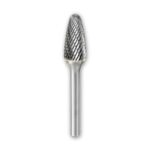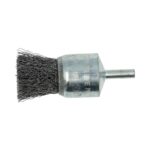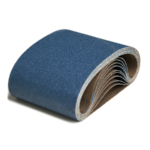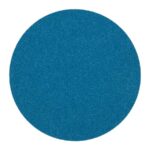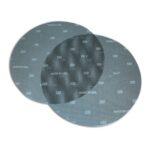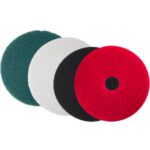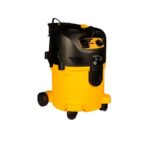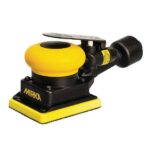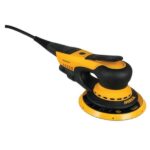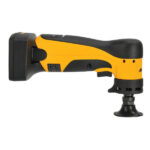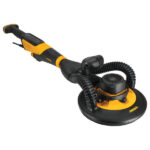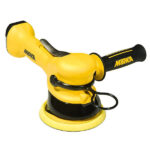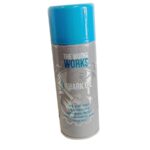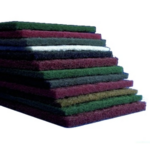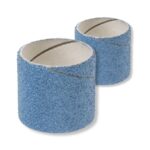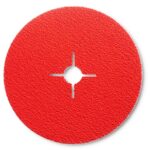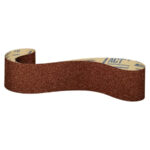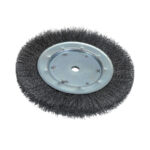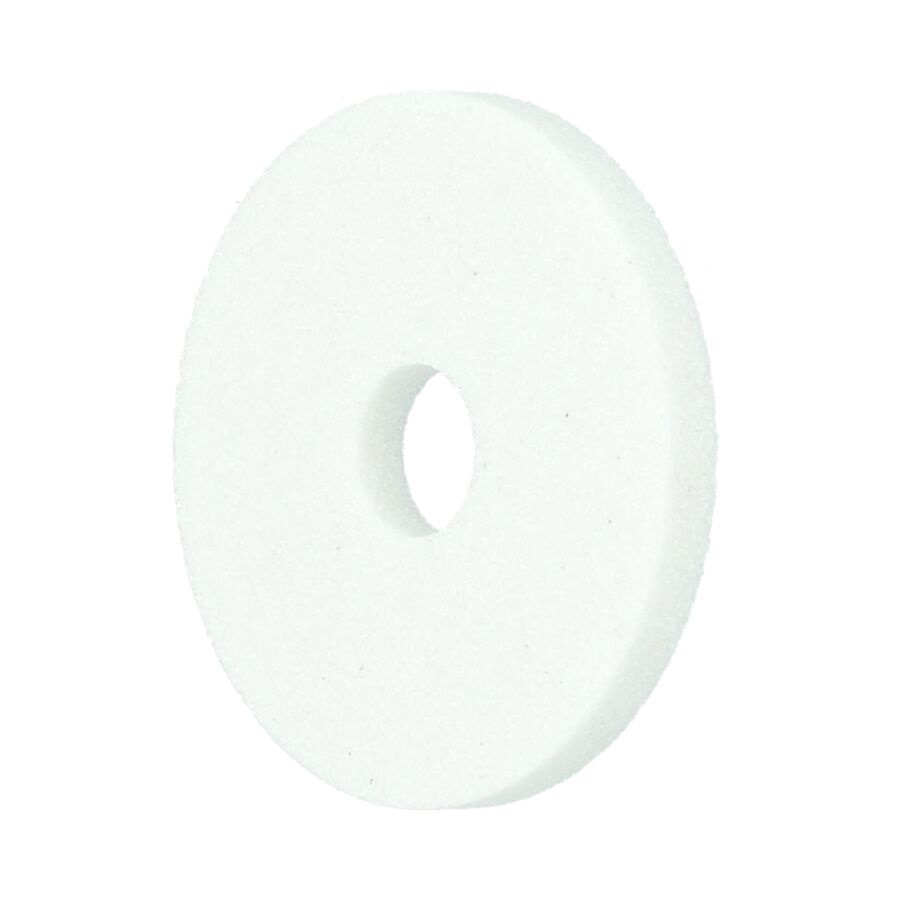Shop
Norton Quantum NQ Ceramic Straight Grinding Wheels For Precision Grinding
£173.61 – £450.12 +VAT
![]()
Blends include medium (2NQ), high (3NQ), very high (5NQ) concentrations of premium abrasive NQ. This has improved self-sharpening properties allowing even cooler grinding action vs. SG. NQ blends are specially suited for low to medium pressure applications.
Description
What Is A Grinding Wheel?
The pores (hollow spaces between adjacent abrasive grains and the bond) serve to provide clearance for coolant penetration and metal chips removed in the grinding process.
When the wheel is rotated at grinding speed and applied to the workpiece, the abrasive grains cut the material that is being ground, removing the material in small chips.
The increase in grinding forces causes either the abrasive to fracture, exposing new cutting edges, or fractures the bond bridges holding the abrasive grains. In the latter case fresh abrasive grains are exposed to cut the workpiece.
In normal vitrified grinding applications, the wheel has to be dressed. By varying the properties of the abrasive, the type of bond, the make-up of the wheel, it is possible to produce grinding wheels with a vast range of different grinding characteristics.
Why Use A Straight Grinding Wheel?
Why Use A Quantum NQ Ceramic Grinding Wheel?
Norton Quantum is a patented ceramic form of aluminium oxide that is harder and sharper than conventional abrasive grains. NQ has an engineered microcrystalline ceramic grain which combined with their latest innovative bond provides a perfect blend of sharp grains for the ultimate free cutting action.
The enhanced bond adhesion and chemistry offers a cooler cut and high speed material removal. The grain itself has a unique, microcrystalline structure that is self-sharpening for long product life, as well as high profile accuracy and reduced dressing frequency.
Blends include medium (2NQ), high (3NQ), very high (5NQ) concentrations of premium abrasive NQ. This has improved self-sharpening properties allowing even cooler grinding action vs. SG. NQ blends are specially suited for low to medium pressure applications.
Additional information
| Product Size | 13x13x4mm, 16x16x6mm, 25x25x6.35mm, 32x32x9.53mm, 32x25x8mm, 40x40x10mm, 40x25x9.53mm, 50x40x16mm, 63x40x12.7mm, 70×7.1x17mm, 76x32x20mm, 180x13x32mm, 200x20x32mm, 250x25x76.2mm, 300x25x127mm, 355x50x127mm, 355x40x127mm |
|---|---|
| Grade / Grit | |
| Machine / Application | Bench Grinder, Die Grinder, Stationary Grinder |
| Product Group | Grinding Wheels |
| Product Subgroup | Straight Grinding Wheels |
| Grit Type | |
| Manufacturer | Norton |
